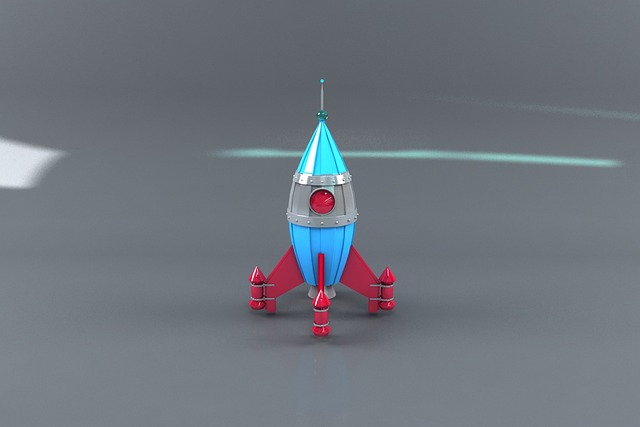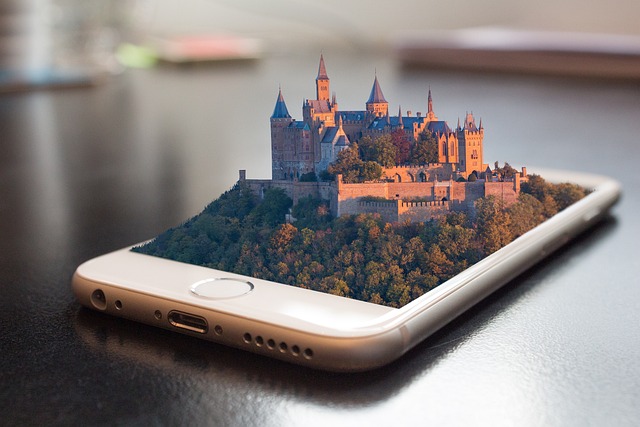
Exploring the Future of Simulation: The Role of 3D Modeling in Virtual Reality, Augmented Reality, and the Metaverse
Exploring the Future of Simulation: The Role of 3D Modeling in Virtual Reality, Augmented Reality, and the Metaverse
Imagine stepping into a world where the boundaries between reality and imagination blur, where you can walk through digital landscapes, interact with lifelike avatars, and experience scenarios that only existed in the realm of fantasy. This is not just a dream; this is the future of 3D modeling and simulation as we dive deeper into virtual reality (VR), augmented reality (AR), and the burgeoning metaverse.
The Power of 3D Modeling in Virtual Reality
Virtual reality transports users to entirely new environments, crafted with stunning detail through advanced 3D modeling techniques. Whether you’re soaring through the skies of a fantastical realm or navigating the intricate corridors of a spaceship, the immersive experience of VR relies on the precision and creativity of 3D artists. Each polygon, texture, and light source is meticulously designed to create a seamless and captivating experience, allowing users to suspend disbelief and engage fully with their surroundings.
Augmented Reality: Blending the Real with the Virtual
In contrast to the isolation of VR, augmented reality enriches our real-world experiences by overlaying digital elements onto our physical environment. Here, 3D modeling plays a crucial role in crafting interactive and informative applications. Imagine using your smartphone to scan your living room and see virtual furniture rendered in real-time, helping you visualize how it fits into your space. This blend of physical and digital worlds enhances our understanding and interaction with our surroundings, forever changing how we shop, learn, and play.
Venturing into the Metaverse
The concept of the metaverse is where both VR and AR converge, creating a shared virtual universe filled with endless possibilities. Within this expansive space, 3D modeling is fundamental in establishing a cohesive and immersive environment. Users can create their avatars, design virtual homes, and build unique experiences, all thanks to sophisticated 3D modeling tools that empower creativity and collaboration. As the metaverse evolves, we’ll likely witness a surge in user-generated content, making every participant a potential architect of their virtual reality.
Challenges and Innovations Ahead
As we embrace these technologies, challenges remain, such as achieving realistic physics, improving interaction mechanics, and streamlining the creation process. However, innovations in computational power, AI-driven design, and cross-platform integrations are forging a promising path forward. The horizon of 3D modeling is brighter than ever, inviting enthusiasts, developers, and dreamers alike to contribute to a revolution that will redefine how we engage with the digital and real worlds.
The journey into the realms of virtual reality, augmented reality, and the metaverse, guided by the artistry of 3D modeling, promises an exciting transformation of human interaction. As these technologies continue to advance, they hold the potential to enhance our lives in ways we are only beginning to imagine.


